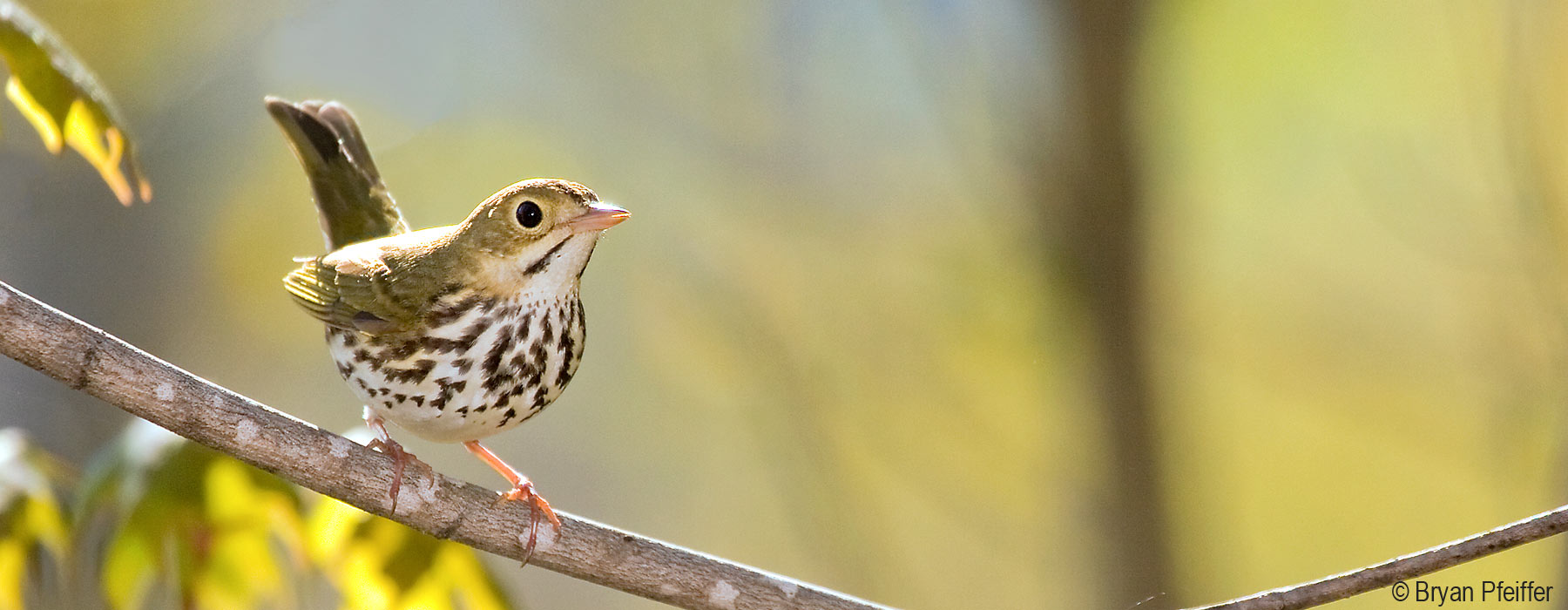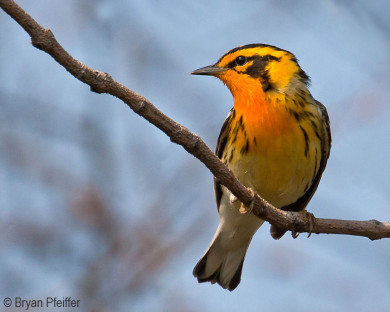On two mornings every June for nearly 30 years, they have awakened well before dawn, earlier than even these hearty birdwatchers would care to admit.
Packing little more than binoculars, a stopwatch, and a clipboard, they drive in the dark to forest sites across Vermont. And as the woods around them rouse into a dawn chorus of song, they begin to count birds for one of North America’s most important population studies.
An Innovative Long-Term Study
Initiated in 1989, the FBMP is now one of the continent’s longest-running studies of forest bird population trends. We’re gathering data across a broad range of forest types. While numerous studies have documented declines songbirds inhabiting fragmented landscapes, few monitor birds in protected undisturbed forests in the Northeast. With troubling losses of forest habitats in Latin America and the Caribbean, where many of these birds spend the winter, it becomes critical to understand how these changes affect – over the long term – diversity and abundance on breeding grounds.
Here, by the numbers, is a summary of the project’s scope as of 2018:
- 30: years of survey data
- 31: Vermont forest bird monitoring sites
- 61: community-scientists who have participated in the project
- 136: number of bird species encountered
- 3,295: hours spent in the woods
- 68,824: bird observations in the FBMP database
More »


